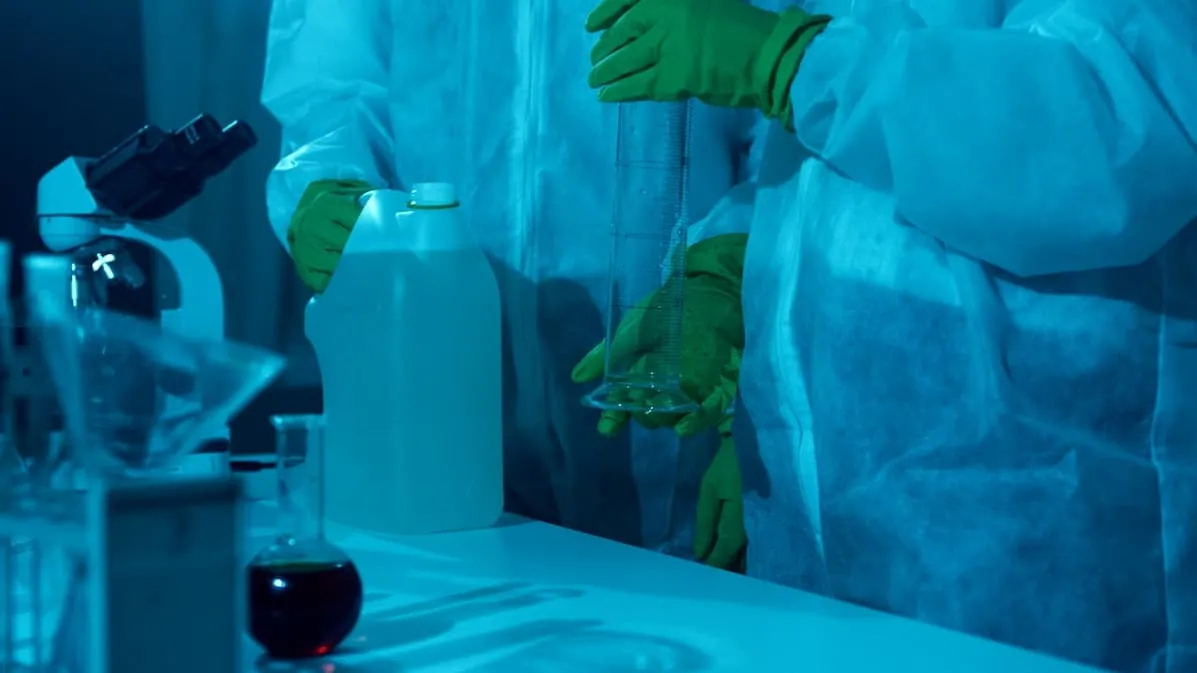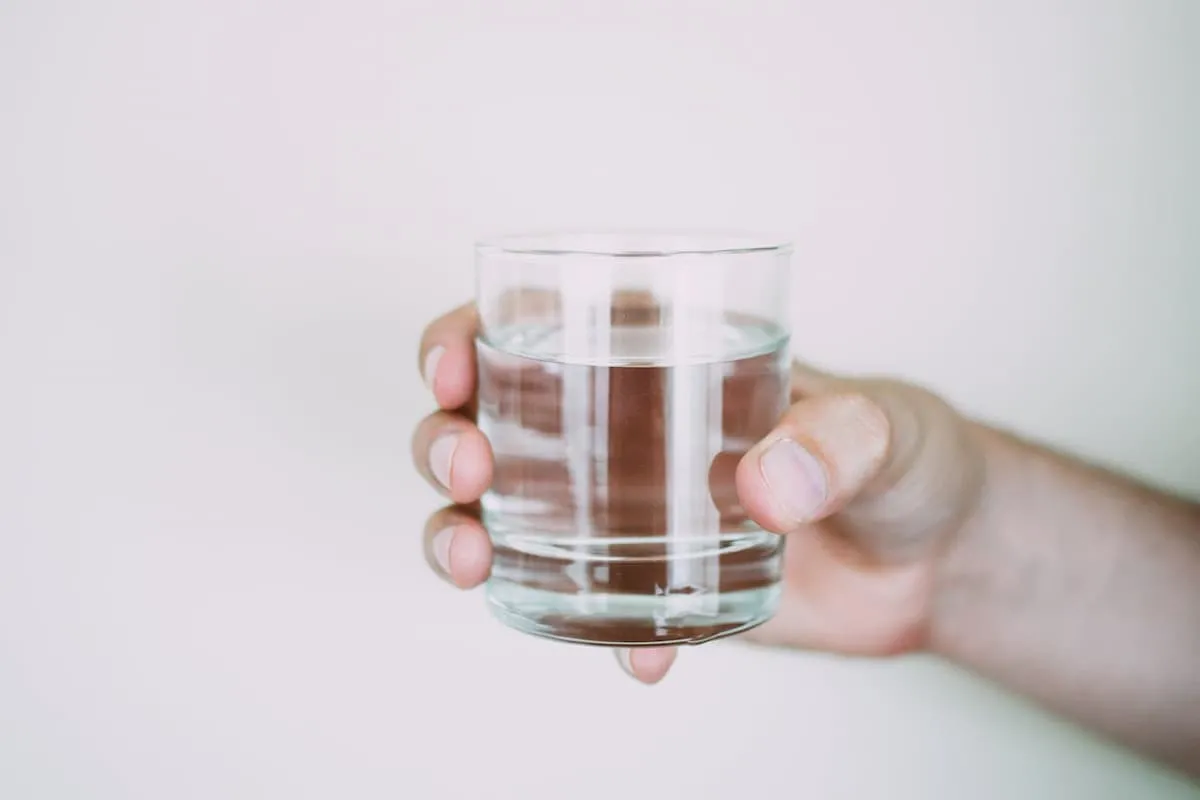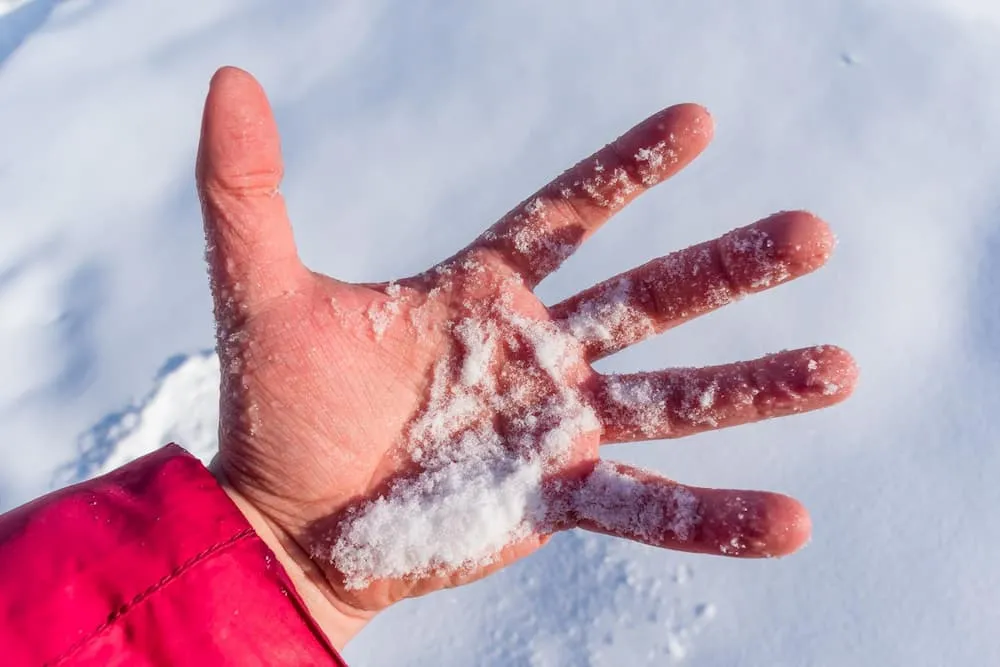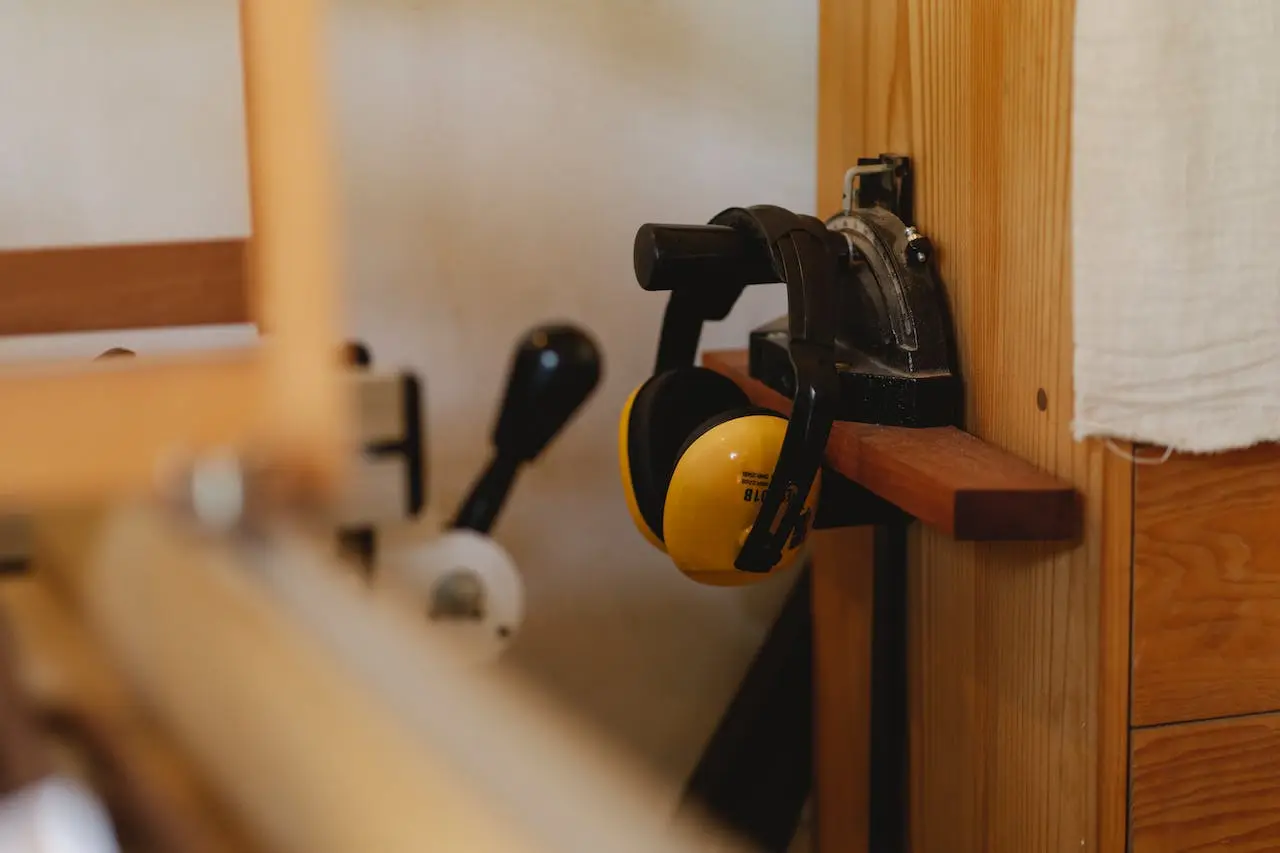Protective clothing used as the main barrier between hazardous agents and the worker's body in a wide variety of working conditions is made from a wide variety of materials and components not seen every day. These garments, due to their purpose, must be made of materials that guarantee full protection against cuts, dirt, chemical and biological agents, flames, solid particles, gases, and even water or varying temperatures. The material used will, of course, depend on the protection required and the hazardous factors present. What materials are used today to produce high-quality protective clothing?
The most important properties of protective clothing
Protective clothing should, by design, effectively protect the worker from the harmful effects of factors occurring in his work environment. Due to the dangers involved, there are many different types of protective clothing - clothing that protects against mechanical damage, chemical and biological agents, wetness, wind, as well as hot and cold environments. Since many of these factors occur at the same time, manufacturers often combine a variety of modern, high-tech materials and combinations that guarantee adequate protection where needed. No one is surprised by inserts that guarantee the garment adequate thermal insulation, reinforcements on the knees or elbows to prevent rapid abrasion of the material, or the use of tear-resistant threads.
Protective clothing is usually made from a variety of technical materials, but one of the most widely used is still undoubtedly cotton, which, thanks to its mixing with various plastics, allows to prepare clothing that is durable, but at the same time extremely comfortable. Cotton used in the production of protective clothing can come in a wide variety of weights, which makes it so easy to use for protective clothing regardless of the expected properties.
Materials for the production of protective clothing
Cotton is a basic, building material that, except in special cases of lighter workwear, is mainly used as a comfortable inner base for protective clothing. However, in order for pants, jackets or aprons to guarantee protection against mechanical damage or various harmful factors, it is necessary to combine cotton with other fibers and specialized coatings. Thus, polyester and polyamide fibers are very often used here. Fabrics created by combining cotton and the aforementioned fibers are characterized by increased resistance to mechanical damage and durability required even for slightly demanding physical work.
Protection against mechanical injury is undoubtedly an essential property of many models of protective clothing, so it is worth focusing longer on the materials that allow to guarantee it. In addition to the already mentioned polyester and polyamide, the most noteworthy here are:
Aramid, characterized primarily by cut-protection properties (above level 5 when reinforced with steel fiber). Although it is used to produce extremely strong protective clothing, aramid is characterized by light weight, good flexibility, and high wearing comfort. Today, it is mainly used in the manufacture of anti-tear gloves. Similar performance can also be expected from Kevlar, which is equally popular in health and safety clothing.
Coolmax and Coolway are two synthetic materials used in the production of thermal and work clothing. Thanks to their special construction, these materials provide excellent breathability and moisture wicking to the outside, making them recommended for intense physical activity.
Cordura is the term for abrasion-resistant fabrics, in which the special structure of the fibers and the method of weaving provide high mechanical strength. Cordura is made from polyamide yarn coated with a layer of polyurethane with a Teflon apprettee. It is used primarily for the production of reinforcing inserts for work clothes, bags, backpacks and wetsuits.
Twill is a specialized cotton-based material with a twill-cross weave pattern, in which the fibers meet at a 45-degree angle. The unusual weave provides high mechanical strength to the garment, prevents creasing and is pleasant to the touch.
Specialized fabrics for the production of protective clothing
In addition to strength and resistance to mechanical damage, protective clothing must often exhibit protective properties against a variety of hazardous agents and unusual consistencies. Among the fabrics worth noting here appear, among others, a variety of chemical-resistant fabrics that provide protection against the effects of chemicals. Examples here include Titan, a blend of cotton and polyester that guarantees protection against dilute acids and bases; acrylic, showing resistance to water, traditional solvents, acids and low-concentration alkaloids; butyl, resistant to chemical agents such as ketones (methyl ethyl ketone, acetone) and acids; and Nomex, resistant to chemicals, electrically insulating and used in the manufacture of firefighting clothing.
Carbon fiber, used as an additive to fabrics used in the production of ESD anti-static clothing. Its use means that electrical static charges do not build up, and the garments can be used in the electronics industry and hazardous areas.
Teflon is a well-known fluoropolymer used extensively in industry, which is also used in protective clothing today. It is used here primarily for its hydrophobic properties as waterproof membranes. High permeability to vapor.
PVA is a material for ketones, oils, hydrocarbons and organic solvents. Its most important features good grip on wet surfaces, which allows it to be used in the production of specialized gloves for the chemical industry and highly dirty environments.
Although it is impossible to list all the specialized materials used in the production of protective clothing, and virtually every manufacturer today has its own technology used to reinforce the clothing it offers, the above-mentioned materials are some of the most common on the health and safety market. It is worth paying attention to them - it is thanks to them that the clothing guarantees the protection required in even the most difficult working conditions.






